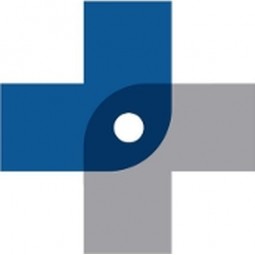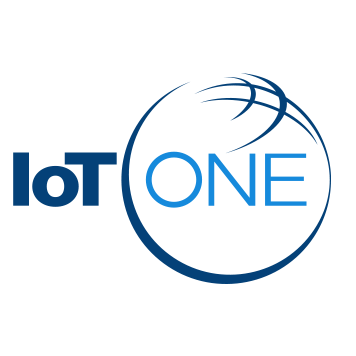Suppliers
United States
Augmedix
Overview
This profile is not managed yet, if you would like to manage
this profile, please contact us at team@iotone.com
this profile, please contact us at team@iotone.com
 |
Augmedix |
| United States | |
| 2012 | |
| Private | |
| < $10m | |
| 201 - 1,000 | |
| Open website |
IoT Snapshot
Technology Stack
Case Studies
Number of Case Studies1
|
Transforming Healthcare Documentation: A Case Study of Kittitas Valley Healthcare
Kittitas Valley Healthcare (KVH), a small regional rural health system in Washington State, was grappling with the challenge of excessive administrative burdens on its clinicians. Studies have shown that clinicians in medium-sized hospitals spend about 44% of their time on documentation and only 24% on direct patient contact. This was largely due to the Medicare Physician Fee Schedule (MPFS), which required clinicians to document a wide range of data for billing verification. This system turned clinicians into data-entry clerks, documenting not only diagnoses, clinician orders, and patient visit notes, but also an increasing amount of low-value administrative data. KVH was using scribes to assist providers with documentation and data entry into the Electronic Medical Records (EMR). However, due to its rural location, KVH was struggling to recruit and retain high-performing scribes. The training for these scribes could take six to eight months and was not very effective in reducing high scribe turnover rates. |



